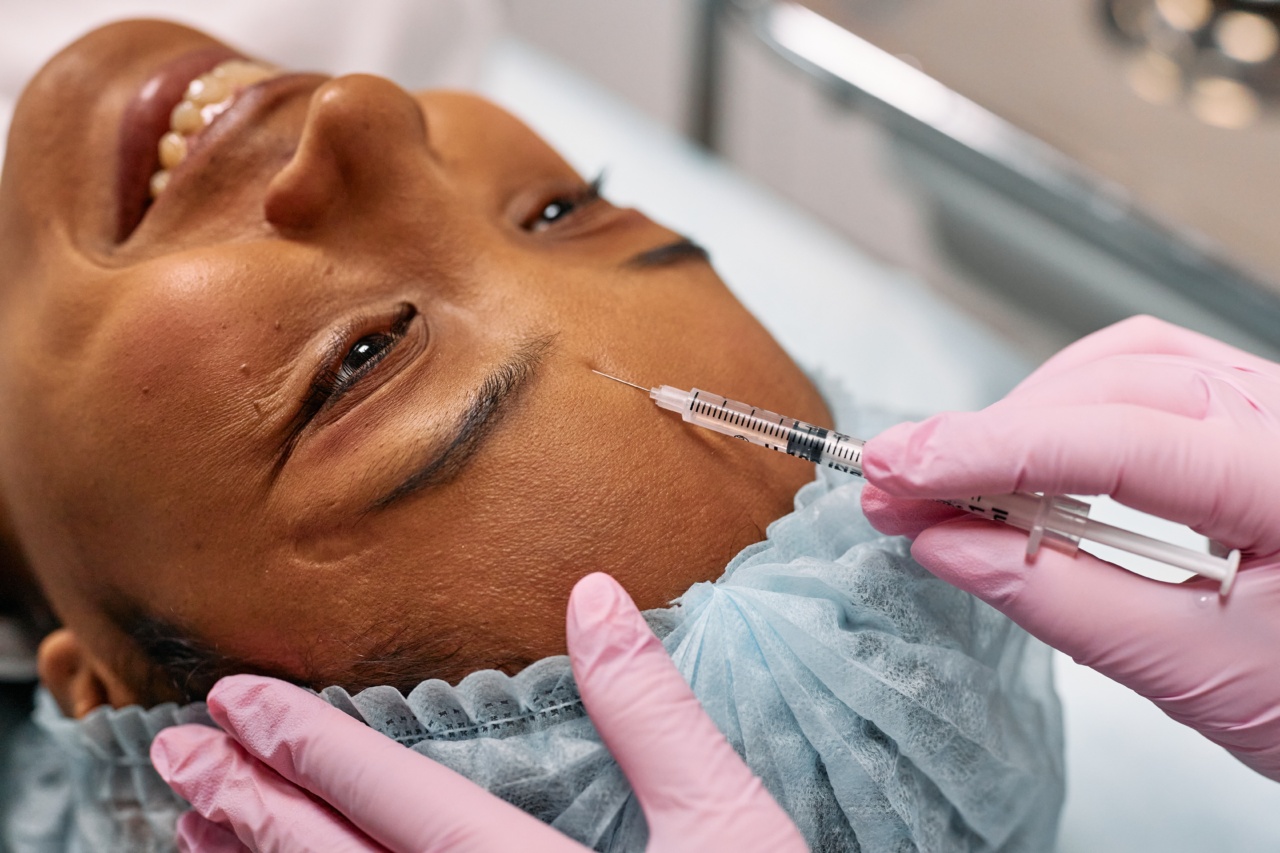Botox is a well-known cosmetic treatment used to improve the appearance of wrinkles and fine lines on the face. It has become increasingly popular over the years, and many people swear by its effectiveness.
However, despite its popularity, there are still some misconceptions about Botox and its use. Here, we will explain the basics of Botox, including what it is, how it works, and what to expect from the treatment.
What is Botox?
Botox is a brand name for a drug called botulinum toxin. Botulinum toxin is a neurotoxic protein produced by the bacterium Clostridium botulinum.
When injected in small amounts, it can temporarily paralyze or weaken muscles, which can reduce the appearance of wrinkles and fine lines on the face. Botox is approved by the FDA for cosmetic use in the United States, and it has been used for decades to improve the appearance of wrinkles and fine lines.
How does Botox work?
Botox works by blocking the signals between nerves and muscles. When injected into the muscles that control facial expressions, it temporarily weakens or paralyzes them, which can reduce the appearance of wrinkles and fine lines.
Botox only affects the muscles that are injected, so it does not affect other muscles in the face. The effects of Botox usually last from three to six months, after which the treatment must be repeated to maintain the results.
What can Botox be used for?
In addition to reducing the appearance of wrinkles and fine lines, Botox can also be used to treat medical conditions such as migraines, excessive sweating, and muscle spasms.
Botox can also be used to lift the eyebrows and corners of the mouth, which can make the face appear more youthful and energized. However, Botox is not approved for use in pregnant or breastfeeding women, or in individuals with certain medical conditions.
How is Botox administered?
Botox is administered by injection into the muscles that control facial expressions. The injection process is relatively quick and virtually painless, and there is no downtime required after the treatment.
However, patients may experience some mild redness and swelling at the injection site, which typically subsides within a few hours. The effects of Botox usually begin to show within three to seven days after the treatment, and the full effects are typically seen within two weeks.
Who is a good candidate for Botox?
Anyone who is bothered by the appearance of wrinkles or fine lines on the face may be a good candidate for Botox. However, it is important to note that Botox is not a permanent solution, and the effects only last for a few months.
Additionally, women who are pregnant or breastfeeding, individuals with certain medical conditions, and those who are allergic to any of the ingredients in Botox may not be good candidates for the treatment. It is important to discuss any medical conditions and allergies with a healthcare provider before undergoing Botox treatment.
What are the side effects of Botox?
Most people who undergo Botox treatment experience little to no side effects. However, some possible side effects of Botox include redness, swelling, and bruising at the injection site, as well as headache and flu-like symptoms.
These side effects usually resolve within a few days to a week. In rare cases, more serious side effects such as difficulty swallowing or breathing, vision changes, or muscle weakness may occur. If any of these symptoms occur, it is important to seek medical attention immediately.
How much does Botox cost?
The cost of Botox treatment can vary depending on the location, the number of injections needed, the experience of the healthcare provider, and other factors. However, on average, Botox treatment can cost anywhere from $200 to $800 per session.
Because Botox is considered a cosmetic treatment, most insurance plans do not cover the cost of the treatment.
What should I expect from a Botox treatment?
Before undergoing a Botox treatment, a healthcare provider will evaluate the individual’s medical history, ask about any medications they are taking, and examine the areas of the face that will be treated.
The healthcare provider will then administer the injections using a very fine needle. The injection process usually takes only a few minutes, and there is no downtime required after the treatment.
Patients can resume normal activities immediately after the treatment, but should avoid activities that may cause excessive sweating or rubbing of the face.
Conclusion
Botox is a popular cosmetic treatment used to improve the appearance of wrinkles and fine lines on the face.
It works by temporarily weakening or paralyzing the muscles that control facial expressions, which can reduce the appearance of wrinkles and fine lines. Botox can also be used to treat medical conditions such as migraines, excessive sweating, and muscle spasms.
While Botox is generally safe and effective, it is important to discuss any medical conditions and allergies with a healthcare provider before undergoing the treatment.































